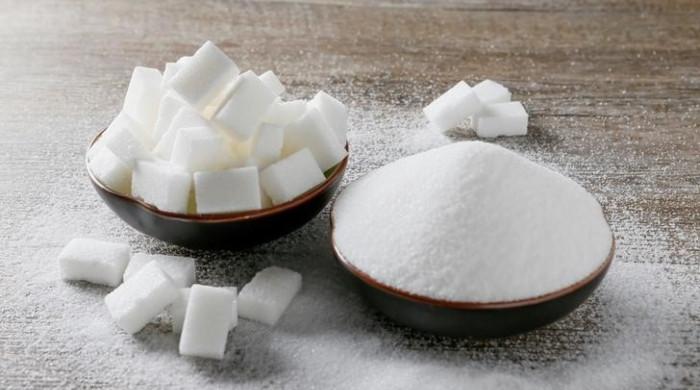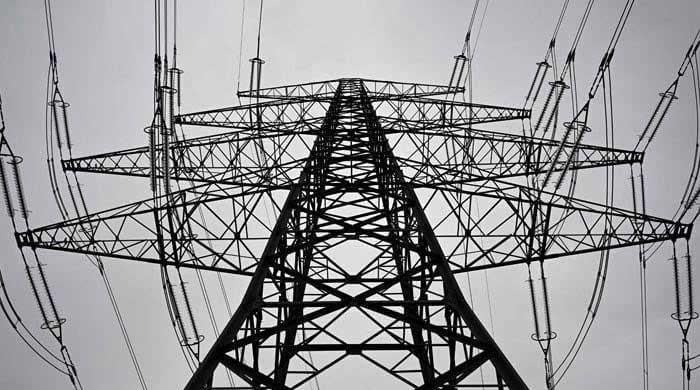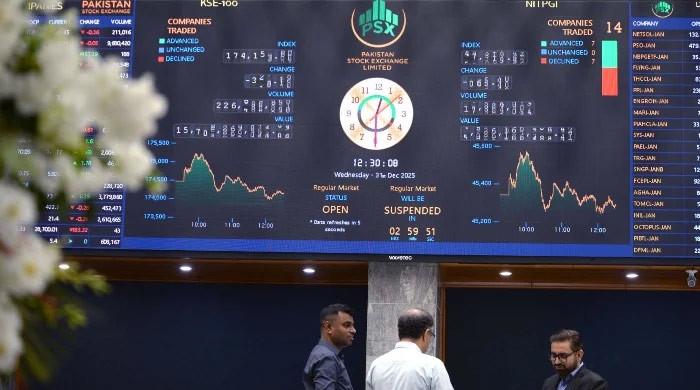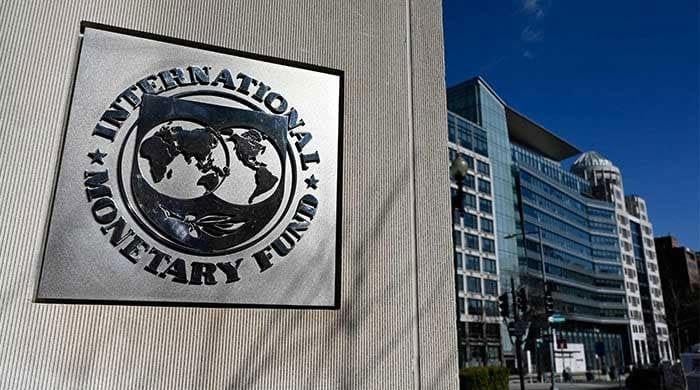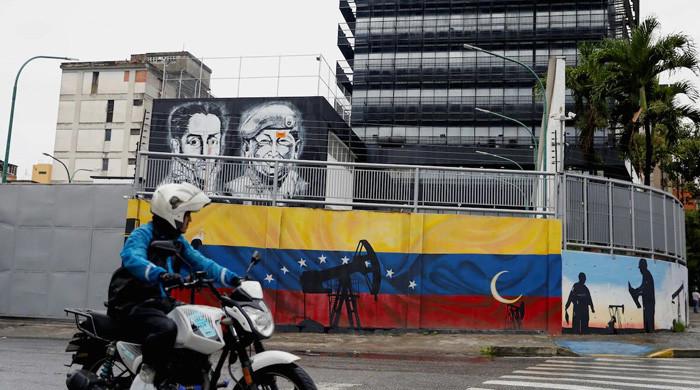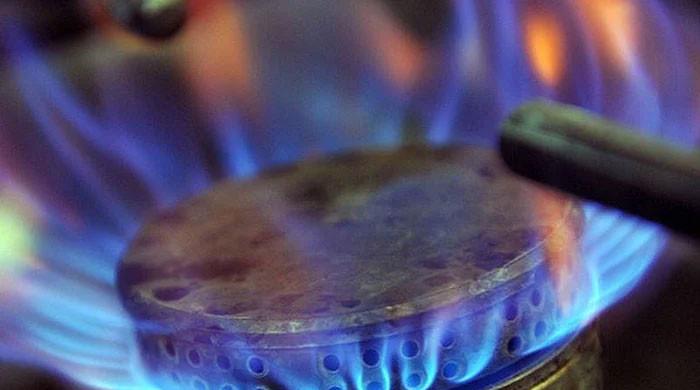Inflation in Pakistan slows to 12.2% in February
Inflation remains in double-digits amid an increase in prices of essential kitchen items, fuel and electricity
March 01, 2022
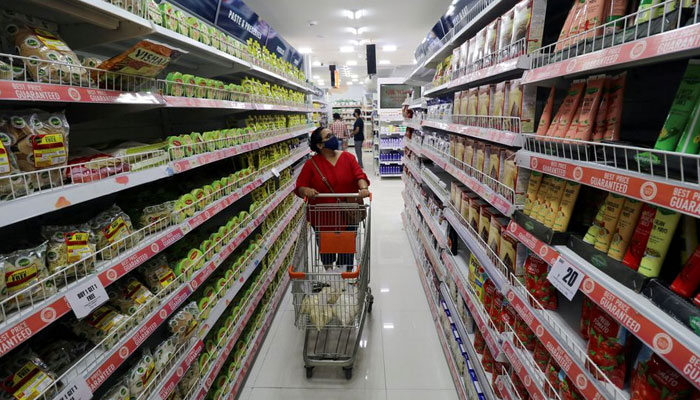
- Inflation remains in double-digits amid an increase in prices of essential kitchen items, fuel and electricity.
- Majority of the prices increased due to an increase in commodity prices in the international market.
- February's inflation number is the lowest rate in the past three months.
ISLAMABAD: The inflation rate slowed down to 12.2% in February amid a double-digit increase in prices of essential kitchen items (especially a triple-digit increase in the price of tomatoes), fuel and electricity and chances of a spike in imported inflation amid the ongoing Russia-Ukraine crisis.
The Pakistan Bureau of Statistics (PBS) reported on Tuesday that the Consumer Price Index (CPI) rose to 12.2% in February over the same month a year ago. It was the lowest inflation rate in the past three months despite a massive increase in prices of items that affect every household.
The national data collecting agency reported a 191.72% increase in prices of tomatoes, 11.61% of chicken and 10.69% surge in prices of the vegetables, hitting every household adversely. Similarly, the PBS reported a 4.24% increase in fuel prices and a 7.76% decrease in electricity charges in February over the same month of the last year.
Majority of the prices increased due to an increase in commodity prices in the international market and a decline in the value of the rupee.
The surge also comes amid a sharp rise in global inflation and soaring oil prices in the international market, which touched $100 per barrel, and its direct and indirect impact is passed on to the consumers.
The increase in commodity prices in the international market and reduction in the value of the Pakistani rupee will push the cost of every imported commodity including wheat, sugar, cooking oil, crude oil and the raw materials of the industries.
Speaking to Geo.tv, an analyst from AHL Sana Tawfiq said that the inflation rate was slightly above the market expectation; however, the analysts expected the number to remain in double-digits.
“The headline inflation increased in the month under review due to the base effect,” she said, adding that month-on-month increase for the second consecutive month is, however, concerning.
On a month-on-month basis, inflation remained rose to 1.2% owing to an increase in food inflation.
The year-on-year increase was fueled by two indices food — which increases due to the rise in the prices of perishable goods particularly tomatoes — and transport — which rose to due historic high petrol prices that stood at Rs159.86 last month.
Read more: Petrol prices slashed by Rs10 per litre; rates not to be increased until budget
The Wholesale Price Index (WPI), which captures prices in the wholesale market, also rose sharply to 24% in February over the same month a year ago. Usually, the retail market prices reach the wholesale price levels in four to six months, indicating that the prices will remain high in the near term.
The PBS reported that the overall inflation rate slowed down in the urban area while it increased in the rural area. The inflation rate in urban areas dropped to 11.5% in February and in rural areas rose to 13.3% over the same month of the last year.
The food inflation rate in cities stood at 14.3% and in villages and towns at 14.6%, which was relatively higher than the previous month. Non-food inflation was recorded at 9.9% in urban areas and at 12.2% in rural areas.
Core inflation — calculated by excluding food and energy items — accelerated to 7.8% in urban areas in February, reported the national data collecting agency.
The food group saw a price increase of 14.73% in February from the same month a year ago. Within the food group, prices of non-perishable food items rose 12.10% on an annualised basis and the prices of the perishable goods rose by 34.87%. The inflation rate for the housing, water, electricity, gas and fuel group — having one-fourth weight in the basket — increased to 8.99% last month.
The slight decrease in the housing sector was fuelled by a reduction in electricity charges.
Average prices for the clothing and footwear group rose 9.67% in February. Prices related to transportation rose 25.04% due to higher fuel costs.
Meanwhile, Tariq predicted that due to the measures taken by the government, which included a Rs10 decline in per litre petrol price and a reduction of Rs5 in per unit electricity charges, month-on-month inflation will record a decrease next month.
Regarding the State Bank of Pakistan (SBP)’ monetary policy which is scheduled to be announced on March 8, the analyst said that the central bank should adopt a “wait-and-watch” strategy before deciding the interest rate.
She said that rising inflation and current account deficit hint towards a hike in the policy rate; however, in January the SBP had maintained towards maintaining a status quo.
On January 24, the central bank had kept the interest rate unchanged at 9.75%.




